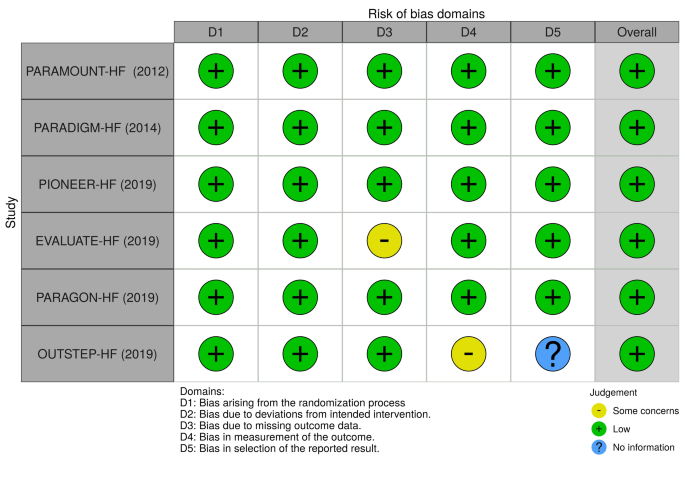

However, this has led to discussions among the scientific community, since a clear differentiation between systolic and diastolic dysfunction is rather hypothetical than physiological. Initially, the condition was referred to as “diastolic heart failure” according to the different appearance compared to “systolic heart failure”. Typically, the term HF was applied to patients with reduced ejection fraction only, until the first reports on patients suffering from symptoms of HF despite having normal left-ventricular ejection fraction (LVEF) and small hearts emerged. Heart failure (HF) poses a growing burden for health systems worldwide as incidence and prevalence is rising annually. This review highlights the past, present, and future therapeutic approaches in HFpEF. Moreover, innovative device therapies may enhance management of HFpEF, but need prospective adequately powered clinical trials to confirm safety and efficacy regarding clinical outcomes. In addition, several novel disease-modifying drugs that pursue different strategies such as targeting cardiac inflammation and fibrosis have delivered preliminary optimistic results and are subject of further research. Furthermore, sodium-glucose cotransporter-2 inhibitors have just proven efficient in HFrEF patients and are currently also studied in large prospective clinical trials enrolling HFpEF patients.

These could clarify the role of LCZ696 in selected individuals. In the future, prospective randomized trials should focus on dedicated, well-defined subgroups based on various information such as clinical characteristics, biomarker levels, and imaging modalities.

Although treatment with LCZ696 did not result in a significantly lower rate of total hospitalizations for heart failure and death from cardiovascular causes among HFpEF patients, subanalyses suggest beneficial effects in female patients and those with an LVEF between 45 and 57%. These hypotheses are supported by the recently presented PARAGON-HF trial. However, there is growing appreciation that HFpEF represents a heterogeneous syndrome with various phenotypes and comorbidities which are hardly to differentiate solely by LVEF and might benefit from individually tailored approaches. Moreover, to this day, diagnosis of HFpEF remains controversial. In contrast to the wealth of proven therapies for heart failure with reduced ejection fraction (HFrEF), therapeutic efforts in the past have failed to improve outcomes in heart failure with preserved ejection fraction (HFpEF).


 0 kommentar(er)
0 kommentar(er)
